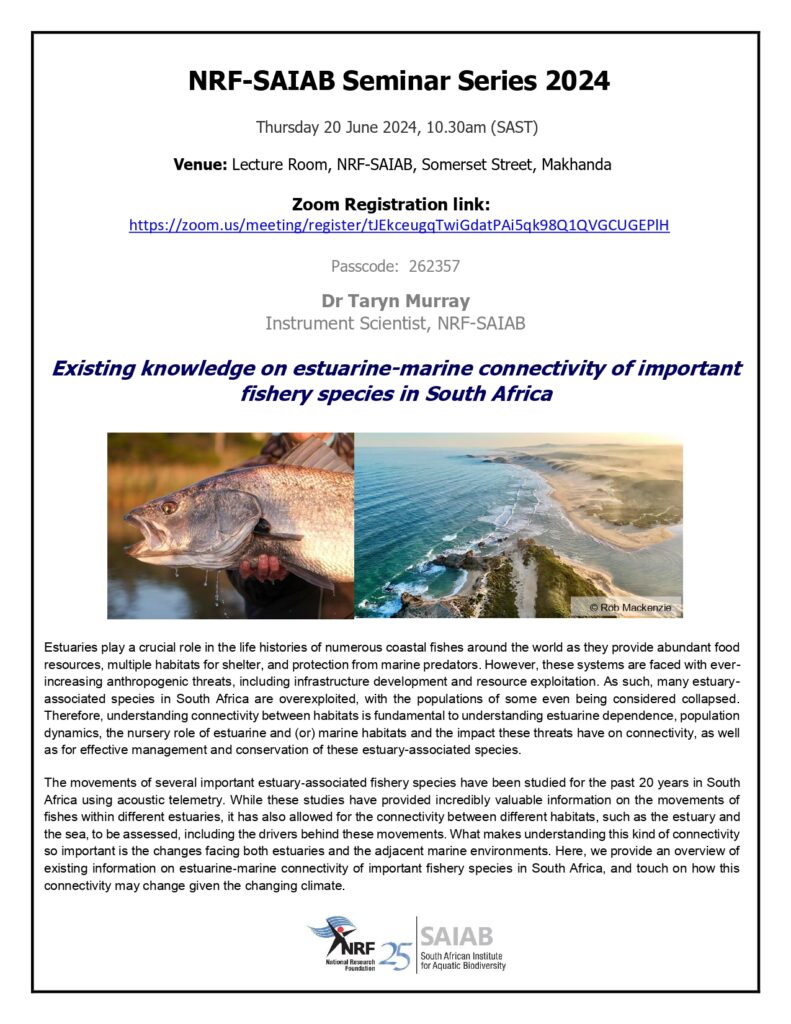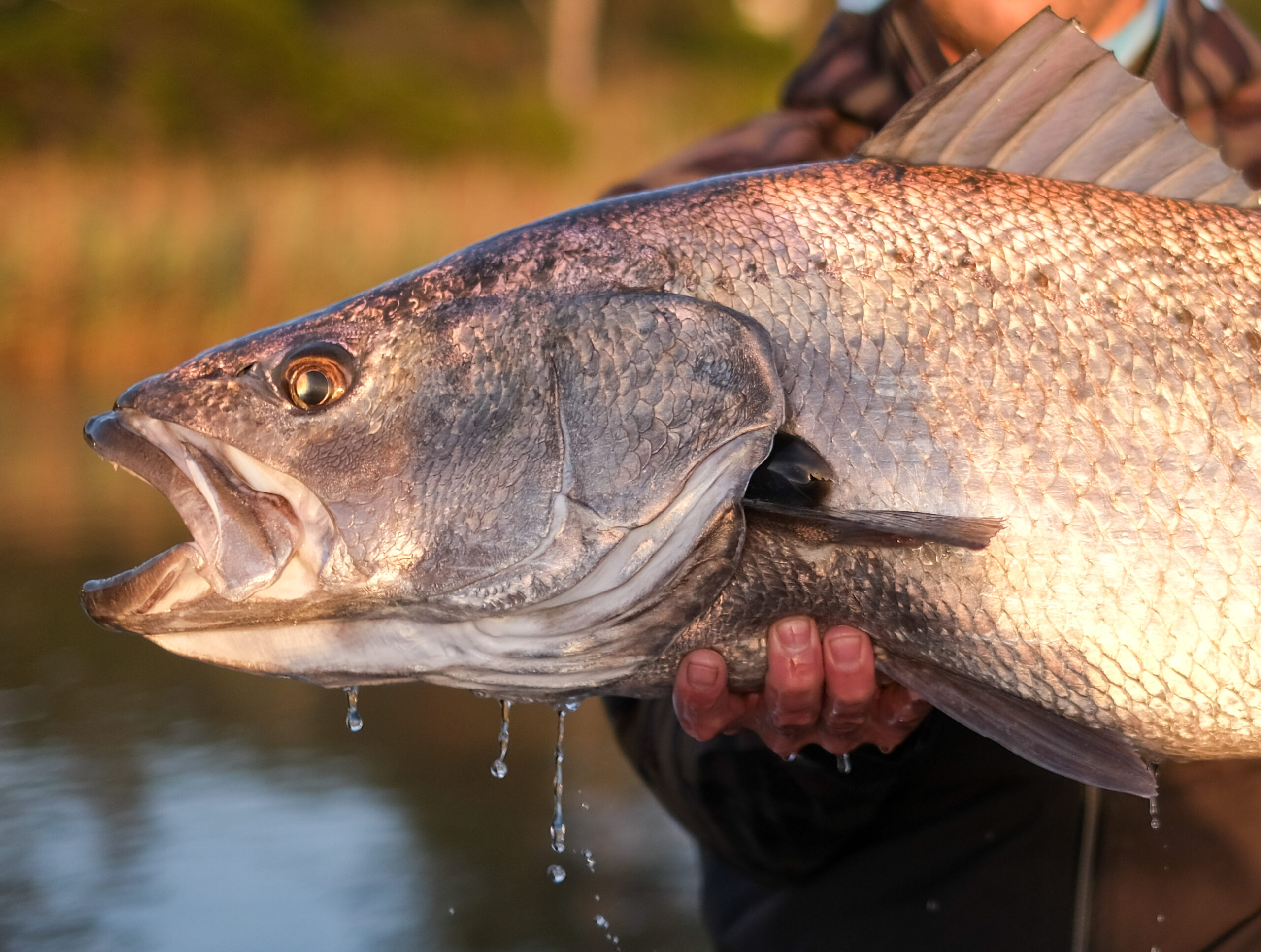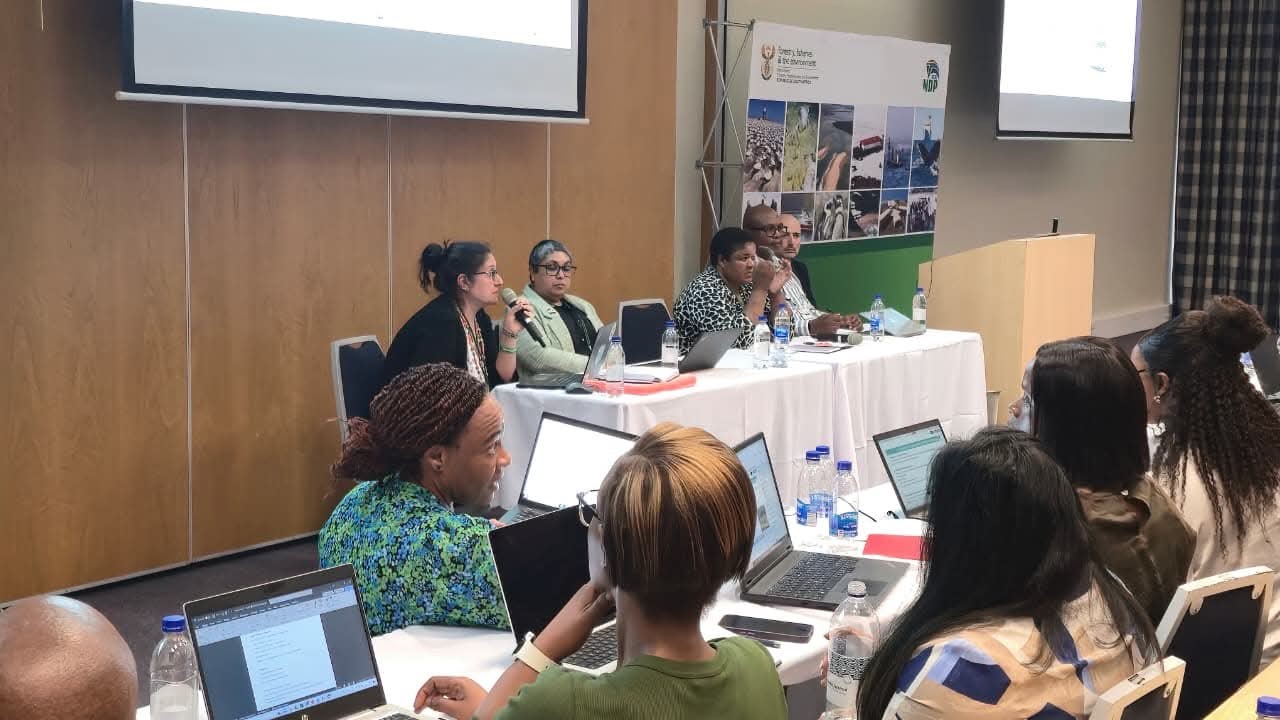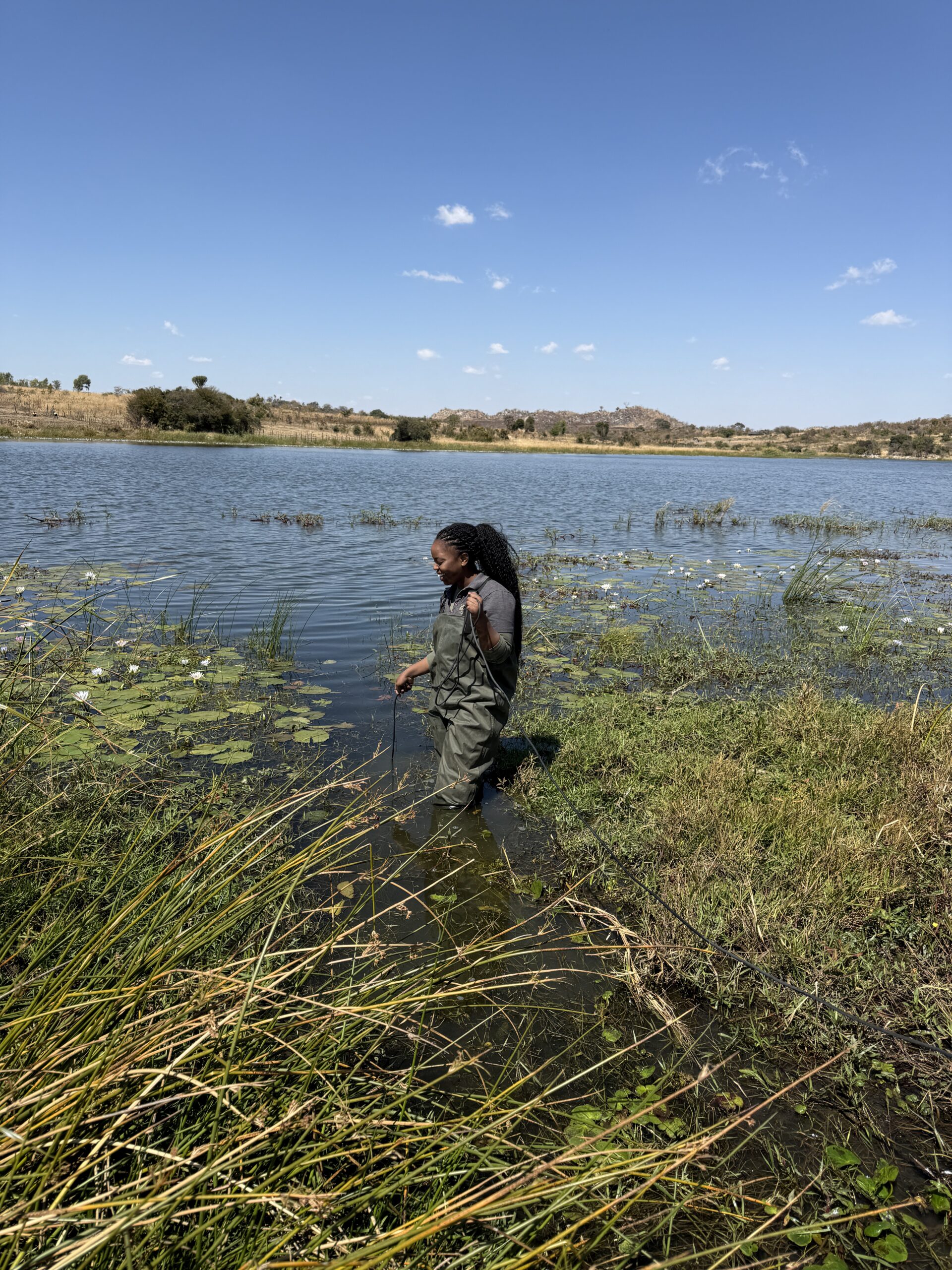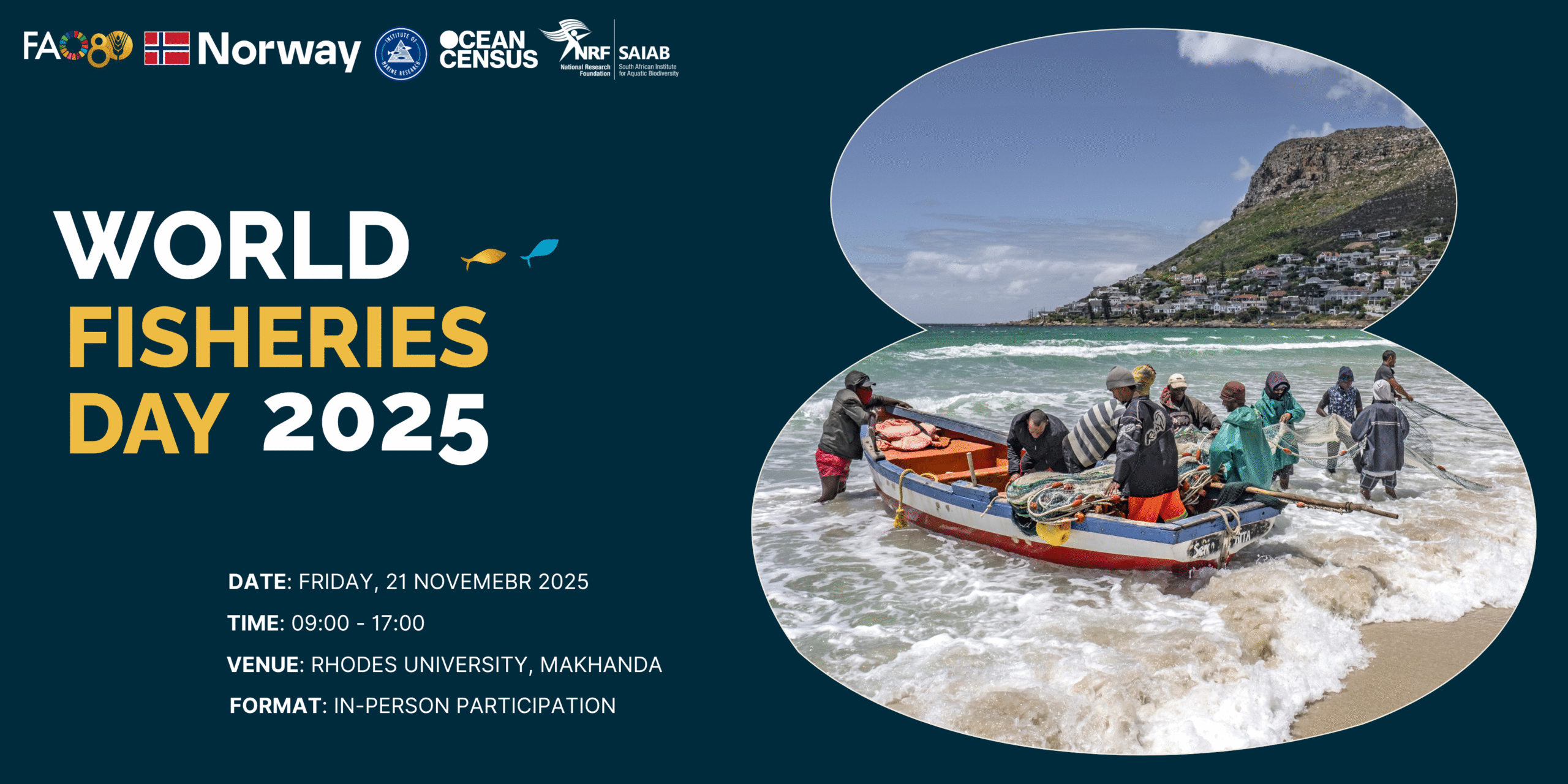Existing knowledge on estuarine‐marine connectivity of important fishery species in South Africa
By: Dr Taryn Murray
Instrument Scientist, NRF-SAIAB
The Recording is now available on the NRF-SAIAB YouTube Channel:
Estuaries play a crucial role in the life histories of numerous coastal fishes around the world as they provide abundant food resources, multiple habitats for shelter, and protection from marine predators. However, these systems are faced with ever-increasing anthropogenic threats, including infrastructure development and resource exploitation. As such, many estuary-associated species in South Africa are overexploited, with the populations of some even being considered collapsed. Therefore, understanding connectivity between habitats is fundamental to understanding estuarine dependence, population dynamics, the nursery role of estuarine and (or) marine habitats and the impact these threats have on connectivity, as well as for effective management and conservation of these estuary-associated species.
The movements of several important estuary‐associated fishery species have been studied for the past 20 years in South Africa using acoustic telemetry. While these studies have provided incredibly valuable information on the movements of fishes within different estuaries, it has also allowed for the connectivity between different habitats, such as the estuary and the sea, to be assessed, including the drivers behind these movements. What makes understanding this kind of connectivity so important is the changes facing both estuaries and the adjacent marine environments. Here, we provide an overview of existing information on estuarine‐marine connectivity of important fishery species in South Africa, and touch on how this connectivity may change given the changing climate.
